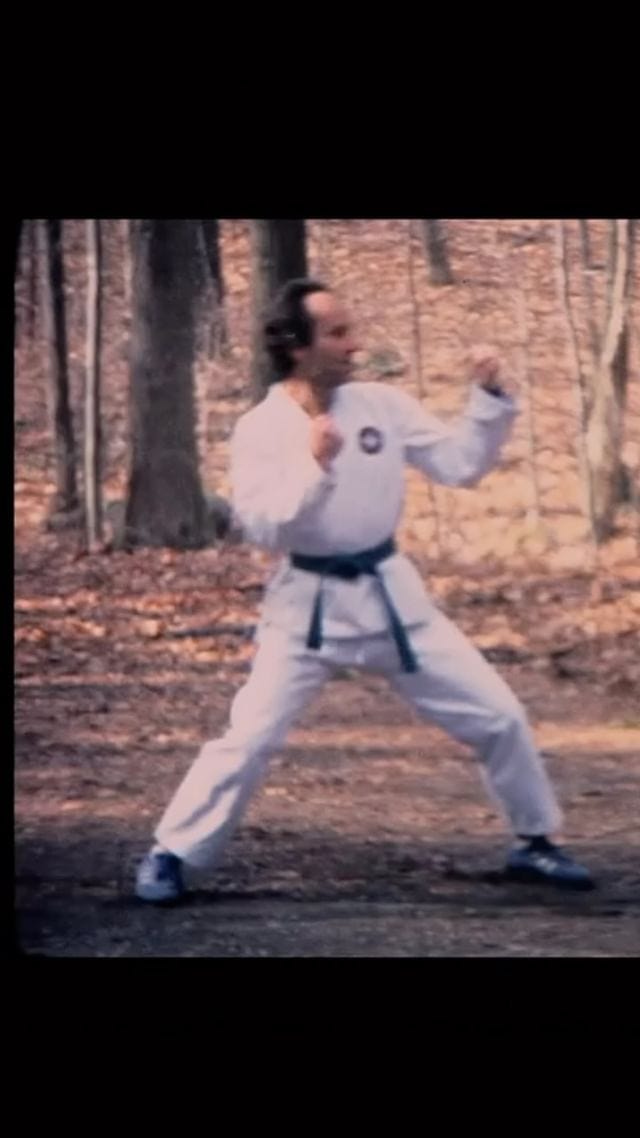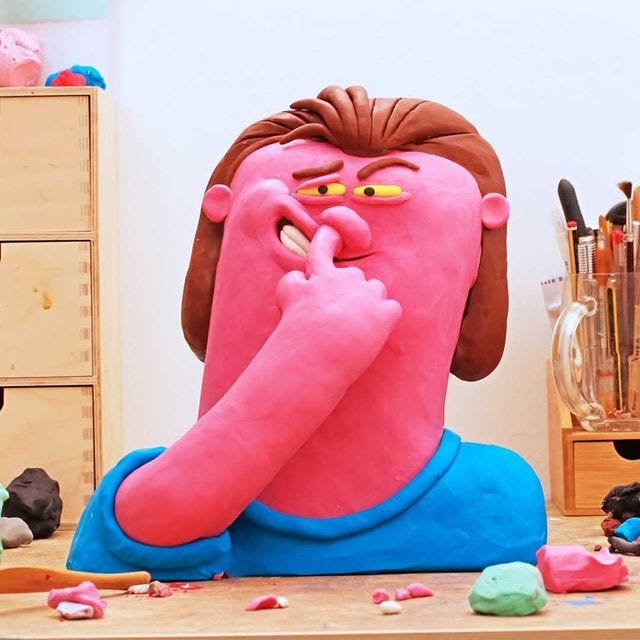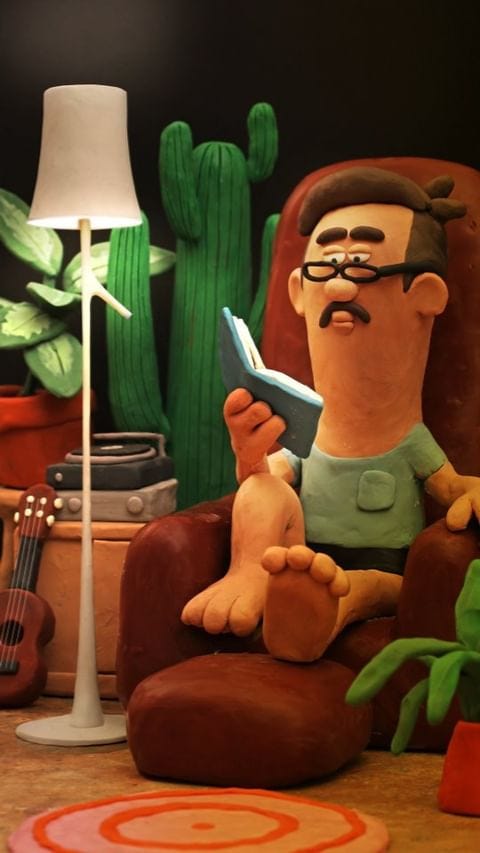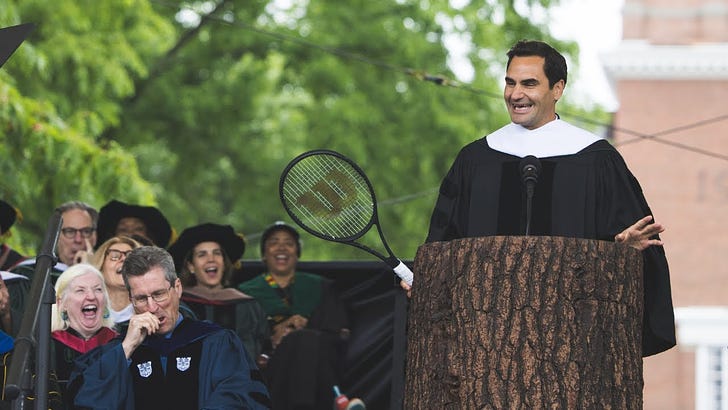1.
A prince from a foreign land.
Jaffar. The Princess. Swords. Spikes & flames. Leaping and hanging off perches.
For a certain vintage and certain half-generations, these are evocative words. They conjure old images from what was often the first experience (at least mine) that a video game could be fantastical, have both action and a narrative.
This was the 1989 game Prince of Persia. It then went on to become quite the franchise, including a flashy Hollywood adaptation starring Jake Gyllenhall, but it will always be PoP the game for me (I actually played more of Prince of Persia 2 with its vibrant colours and more sophisticated graphics).
All of this swirled back into my radar in the most unexpected and charming way recently, when I stumbled upon this video from Jordan Mechner, the creator of the original Persian prince, or as one gushing commenter said, “You are Prince of Persia’s DAD?! 😮😮😮 😍 literally in love with your game! 😍”.
In this archive from around 35 years ago, we see the VHS recording of the ‘model’ he used to craft most of the Prince of Persia’s distinctive physical actions and body language.
These clips are amazing to watch, because they suddenly give human form to an animation memory from my childhood. Animation I never once would have contemplated had a human boy behind it. Now years later, I wonder how hard it would have been to rotoscope (trace out animated sequences from a video clip) from this VHS footage.
As it turns out, this human is his younger brother, who aged 15, was asked to model as a young man traversing an alien land.
There is a wonderful rabbit hole to go down here. Vignettes from Mechner’s youth, linked to the creation of the game. How it all began with an Apple II and a video camera ; how it was a whole two years into the development of the game before Jordan’s friend Tomi finally convinced him that swordfighting would make a great addition to the game (that kind of combat wasn’t in the plan till then!) ; how he now did not have his brother around to model for the swordfighting / fencing sequences, so he tried it out himself, saw it wasn’t great, then ‘stole’ from a scene in the classic 1938 film “The Adventures of Robin Hood”.
Another great behind the scenes clip is the video for the game’s finale, where he filmed a colleague’s daughter in her prom dress with the game’s producer.
“Dad, you think you could…?”
Oh, but he also used his Dad (two years earlier) for another game.
These and more are great glimpses on Jordan’s social feed from his new graphic novel ‘Replay’, which has a much more epic scope than ‘merely’ the making of the Prince of Persia. Its best described by him,
“The story of how Shadowman was born, and Prince of Persia became a running-jumping-swordfighting game, is told in my graphic novel memoir REPLAY – interwoven with my dad's childhood odyssey as a 7-year-old Jewish refugee in Nazi-occupied France, 50 years before he composed the music for Prince of Persia.”
The book released recently in English. (Jordan has been living in France since 2017, and has also co-created a modern retelling of The Count of Monte Cristo, which looks promising!).

2.
Stop! Motion!
Friday Find: Some everyday animated goodness.
Say hello to Stefano Colferai , an illustrator & photographer who, a few years ago, decided to move beyond 2D creations and started working with plasticine. He looks to add a bit of quirk and even the surreal to everyday or mundane moments. The results are wonderful- amusing, cute, weird, droll, vibrant .. sometimes a bit of all!
Exploring the work of this Milan-based artist a little further, also showed- on the commercial side- a lovely little series for a lamp making company called Foscarini. Here is one of them.
via Its Nice That.
3.
Artistic Olympics
We are now weeks away from the 2024 Olympic Games (notwithstanding the small matter of a French election now). I was reading about the efforts to widen the Olympic spirit in Paris- the gastronomical, artistic, cultural events littered around the city as part of the ‘Cultural Olympiad’- “a sprawling series of more than 1,000 events touching on things like fashion, theatre, food and dance taking place across France until the end of September”. Including a Waiter Race in which 200 appropriately dressed Parisian servers dashed 1.9km through the city's streets balancing a croissant, coffee and a glass of water on a tray.
From the Official website: “Combining art and sport – or “muscles and mind” as Pierre de Coubertin put it – is one of Olympism’s cornerstones. Art and sport interact and enrich one other with the Paris 2024 Games.”
Reading about it revealed to me that in fact, for nearly a 1000 years, artistic competitions in sculpture, literature and even architecture were regularly held alongside the sporting ones (and again as recently as 1900 & 1924, in Paris). This is something I had never known, and after a pause I thought, “well why not, what a great way to bring wider sections of society together in a bigger Olympic spirit?”.

I can’t say how the efforts in 2024 are resonating, but do read about them and their origins in this piece by Tony Perrottet, author ‘The Naked Olympics: the True Story of the Ancient Greek Games’. A peek:
“the original Greek games celebrated the perfection of both the body and intellect: the quadrennial five-day extravaganza held at the remote sanctuary of Olympia combined athletic events with cultural sightseeing, theatre and literary performances. Far from being philistines, classical sports fans eagerly rushed from the stadium, where athletes competed naked and gleaming head to toe with olive oil, to admire famous sculptures like the statue of Zeus, one of the Seven Wonders of the World.”
4.
Peanut Masala
(where I share some stories or tidbits I find interesting)
Cara is a social app for the creative community that exploded last week. It sky rocketed from 40,000 to 650,000 users seemingly in response to AI in general, and META’s scraping policies in particular. I realise now that its founder is Jingna Zhang, a photographer who was recently in the news when she won a lawsuit against a painter who ‘used’ her photograph to, erm, paint.
Cara is variously described as ‘social media and portfolio platform for artists’, and ‘Instagram for creatives’. Amazingly, the flip side of this spurt is that there’s a hefty bill that might cripple the platform. More here.
Here is a Zara campaign that uses imagery which is ‘real’ and ‘regular’- most simply described as ‘snapping selfies being snapped in elevators’. I do sometimes wonder about this widespread assumption that low-fi = authentic (and, significantly, vice versa). Does this always make content more relatable, or sometimes merely relegate it to just one among thousands?
I attended a short workshop on Generative AI, organised by the National Library Board in Singapore, for young people aged 10-12. My ten year old’s first foray into image generation was this:
You likely would have spotted tennis legend Roger Federer’s speech floating in your feed somewhere this week. I wrote a little bit about how it connected.
Off for my brew!













